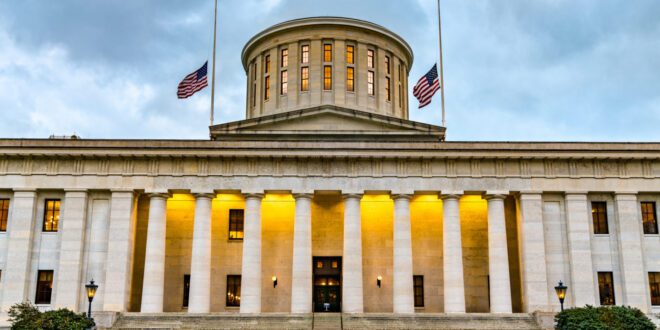Ohio Policy Group Pushes for Expansion of School Choice Options
According to a recent policy memo released by The Buckeye Institute, the number of school choice students in Ohio has more than doubled in the last four years. As the state’s new General Assembly convenes, the policy group is urging lawmakers to continue this momentum by expanding options, easing access to used buildings, and reforming transportation requirements.
Greg Lawson, a research fellow at The Buckeye Institute, emphasized the importance of putting students first, regardless of whether they attend a local district school, a charter school, or an alternative education provider. He called for lawmakers to take proactive steps to secure universal school choice and to resist any efforts to undermine its success.
Expanding School Choice Programs in Ohio
In 2021, Ohio’s EdChoice program served just over 50,000 students. This number increased to 57,400 in 2022, 62,300 in 2023, and nearly 130,000 last year after the implementation of a bill creating universal school choice. The Buckeye Institute is now recommending that the General Assembly include disadvantaged pupil impact aid to EdChoice scholarships to support economically stressed students utilizing the program.
Currently, public and charter schools receive additional funds to help disadvantaged students, but this extra financial support is not available for students using EdChoice scholarships. To address this disparity, Lawson suggests including these funds to make the program more accessible to all students.
Challenges in Finding Buildings for Private Schools
The Buckeye Institute also highlights the issue of public schools demolishing outdated or unused buildings instead of selling them. This practice makes it challenging for private schools to find suitable facilities for their students. Ohio law grants charter schools the right of first refusal to purchase unused buildings, but the institute recommends tightening this law to prevent public districts from circumventing it.
Reforming Transportation Requirements
Following a legal dispute between Ohio Attorney General Dave Yost and Columbus City Schools over transportation for private school students, Lawson suggests amending state law to limit public districts’ options for providing transportation. The goal is to eventually transition from a district-based transportation system to a regional system, giving all students equal access to transportation options.
In conclusion, The Buckeye Institute is calling on Ohio lawmakers to uphold their commitment to enhancing and expanding school choice for families. By prioritizing students and taking proactive measures to secure universal school choice, the state can ensure that all students have access to high-quality education options.
 Mind Uncharted Explore. Discover. Learn.
Mind Uncharted Explore. Discover. Learn.



